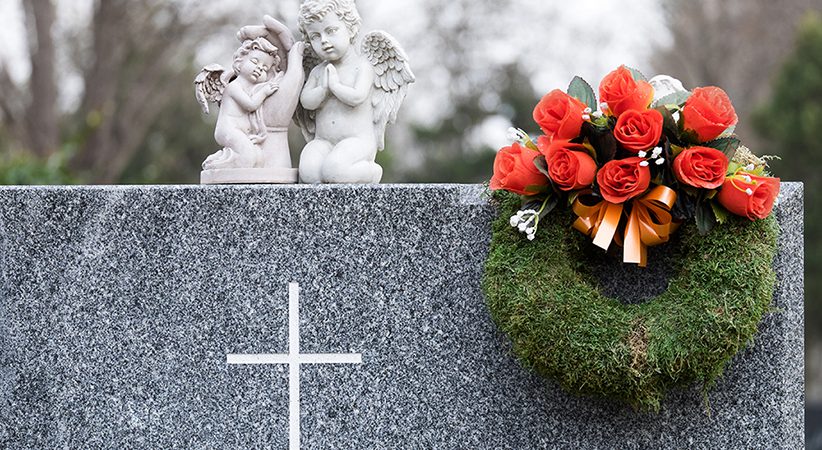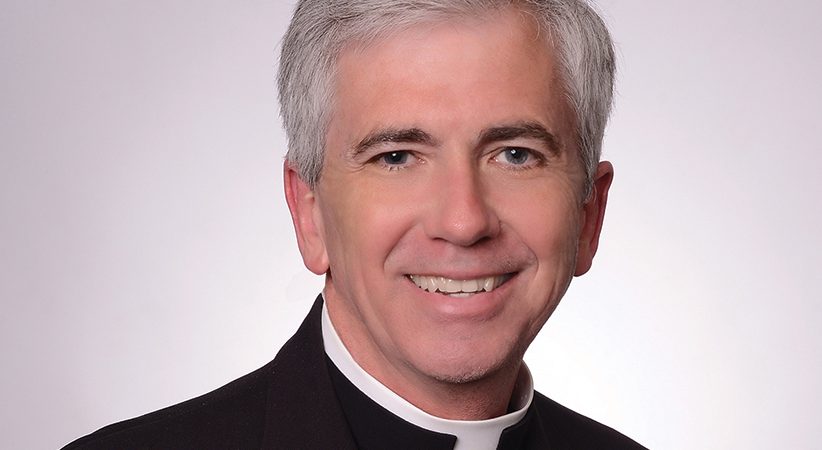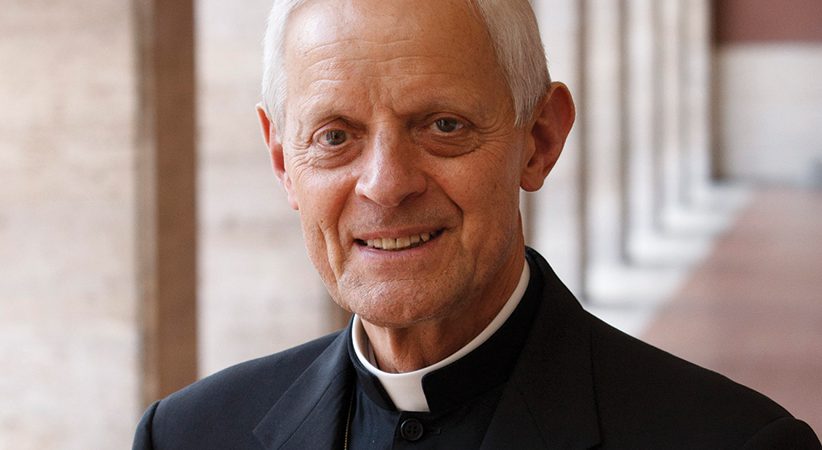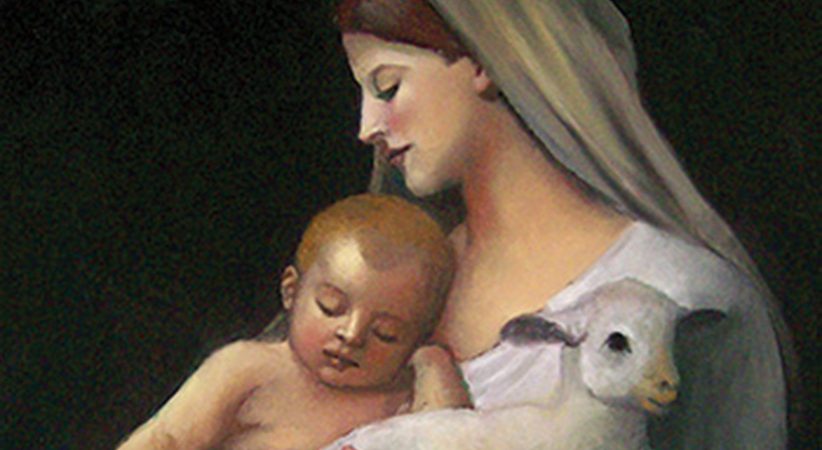A Place to Honor the Child
Sacred life deserves a sacred burial
Father Patrick M. Carrion Comments Off on A Place to Honor the Child
 This is a sequel to the June 2021 column of PriesTalk regarding the Holy Innocents Ministry in the Archdiocese of Baltimore, a ministry that provides a sacred ground for burial for a baby who dies before birth. Most hospitals, Catholic or not, provide some pastoral care to families. Holy Innocents Ministry provides the same care when a miscarriage occurs at home. The ministry is one where the more you know, the more you want to know, and the more curious and complex it becomes due to the politically correct (or incorrect) nuances that surround the death of a child in the womb.
This is a sequel to the June 2021 column of PriesTalk regarding the Holy Innocents Ministry in the Archdiocese of Baltimore, a ministry that provides a sacred ground for burial for a baby who dies before birth. Most hospitals, Catholic or not, provide some pastoral care to families. Holy Innocents Ministry provides the same care when a miscarriage occurs at home. The ministry is one where the more you know, the more you want to know, and the more curious and complex it becomes due to the politically correct (or incorrect) nuances that surround the death of a child in the womb.
The terminology used in pregnancies is guarded in order to provide language for the varied opinions on “that which is growing in the womb.” The vocabulary of “embryo,” “fetus,” “product of conception,” “tissue mass” or “child” is available. If there is a miscarriage, “medical waste” is added to this list.
As Catholics, our consistent ethic takes the high road using the word “child,” no matter the length of the pregnancy or the weight of the child. The other terms seem so arbitrary, and the “thing in the womb” becomes whatever the beholder wants the “thing to be.”
Twenty weeks gestation and 350 grams (12 ounces) are standard markers for fetal death certificates to be submitted to the National Center for Health Statistics: ‘‘Each fetal death of 350+ grams, or if weight is unknown, of 20 completed weeks gestation or more, calculated from from the date last normal menstrual period began to the date of delivery… shall be reported within 5 days after delivery to the (Office of Vital Statistics) or as otherwise directed by the State Registrar.’’
Additionally, some states have a separate form for reporting induced terminations. These latter reports are not legal records nor maintained permanently in the office of vital statistics. The reporting provides demographic and public health data. Induced terminations would include both extracting a fetus that has naturally died in the womb and abortion, though the word is seldom if ever used in these reports since it is such a hot-button topic. When there is the termination of a viable fetus (abortion), ironically, this life deemed not worth continuing is, in death, worth noting for public health data. There is so much societal ambiguity when life begins and ends. From the standard wording above to the “otherwise directed by the State Registrar” is as varied as there are states.
While this information falls under the category of TMI (too much information), it is shared to illustrate the complexity around pregnancy — for example, product of conception, 350 grams and 20 weeks — and its loss, and to guide the protocols of this archdiocesan ministry.
When the miscarried child does not meet the minimum to be recorded, the hospital may refer to the “thing in the womb,” which is now out of the womb, as a “product of conception.” The mother has the right to take that “thing,” which she views as her “child” from the hospital since those tissues came from her body. Sometimes, the legal terms that support abortion work to our advantage.
This is when the ministry suggests to all expectant mothers who are in labor 22 weeks before their due date and in a medical facility not to sign any document that gives the right for the facility to dispose of the “product of conception” in that red trash bag that is labeled “medical waste.” If the desire is to have the child’s final disposition on sacred ground, the staff needs to know the parent’s desire and right to take “that medical waste” to the sacred ground the child deserves.
Other times, if the child is beyond the weight threshold, most hospitals will retain custody of the child in its morgue. The parents could request an autopsy, which provides time to make plans to bury the child and may provide insights into the cause of the miscarriage. Each hospital has its protocol to whom they will bestow custody of the “product of conception.”
The Holy Innocents Ministry team member in Baltimore meets the parents at the hospital, and when the child is granted custody to them, they immediately hand the child to us for burial.
Some medical staff look disparagingly at parents: “Why are you burying this mass of tissue?” but the parents’ wish cannot be denied. No explanation is possible to these staff members. If the medical staff is sympathetic to the situation, no explanation is needed as to why the parents wish for a sacred burial. Whether death is months before birth or decades after, that life is sacred and deserves sacred ground.
FATHER PATRICK M. CARRION is the pastor of the Catholic Community of South Baltimore and the director of the Baltimore Archdiocesan Office of Cemetery Management.





